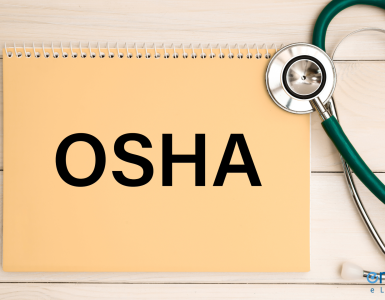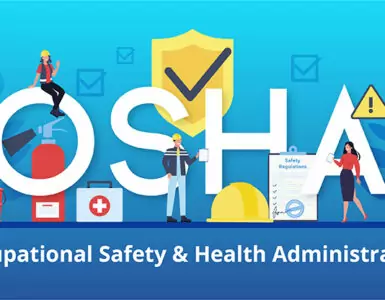The Obama administration announced long-awaited regulations Tuesday to improve labels on hazardous chemicals and make them conform with international guidelines developed by the United Nations.
The Occupational Safety and Health Administration estimated that such labels could prevent more than 40 deaths and about 500 workplace injuries and illnesses from exposure to hazardous chemicals each year.
Assistant Labor Secretary David Michaels said labels will be easier to understand and less confusing, especially for low-literacy workers. About 43 million U.S. workers come in contact with hazardous materials on the job.
The process of developing the rules began during the Bush administration, and the rules were initially proposed more than two years ago. The Obama administration is holding them out as a product of a presidential directive last year to streamline burdensome agency regulations and eliminate red tape.
OSHA Training officials said the latest rules would actually save companies more than $475 million annually in training costs and paperwork. Chemical manufacturers currently have to produce two sets of labels and records: one to satisfy U.S. standards and another to meet the U.N. guidelines.
“Not only will it save lives and limbs, but it will lead to increased efficiency on part of employers who produce and purchase chemicals,” Michaels said. “And it will level the playing field for employers to compete abroad.”
The rules will be phased in over a transition period and companies will not have to comply with them fully until June 2016.
Elizabeth Pullen, president of the American Industrial Hygiene Association, a trade group representing health and safety professionals in the chemical industry, said the new labels will improve protection for workers, employers and chemical users.
Marc Freedman, executive director of labor law policy for the U.S. Chamber of Commerce, said businesses generally support the idea of revising label requirements. But he said OSHA went too far by requiring labels to include hazard information about combustible dust – tiny particles that can catch fire as a result of producing chemicals, plastics, metals and foods.
“It’s going to create a lot of confusion and uncertainty, which will undermine whatever other value this regulation provides to these companies,” Freedman said.
Michaels said the agency is simply treating combustible dust the same way it has for the last 25 years. He said investigations of deadly explosions, like the sugar dust that blew up the Imperial Sugar plant in Port Wentworth, Ga., in 2008, killing 14, have shown that workers didn’t have the safety handling information they needed to prevent accidents.
The agency is considering a separate rule that would require many industries to better control combustible dust hazards.
Copyright 2012 The Associated Press. All rights reserved. This material may not be published, broadcast, rewritten or redistributed.




